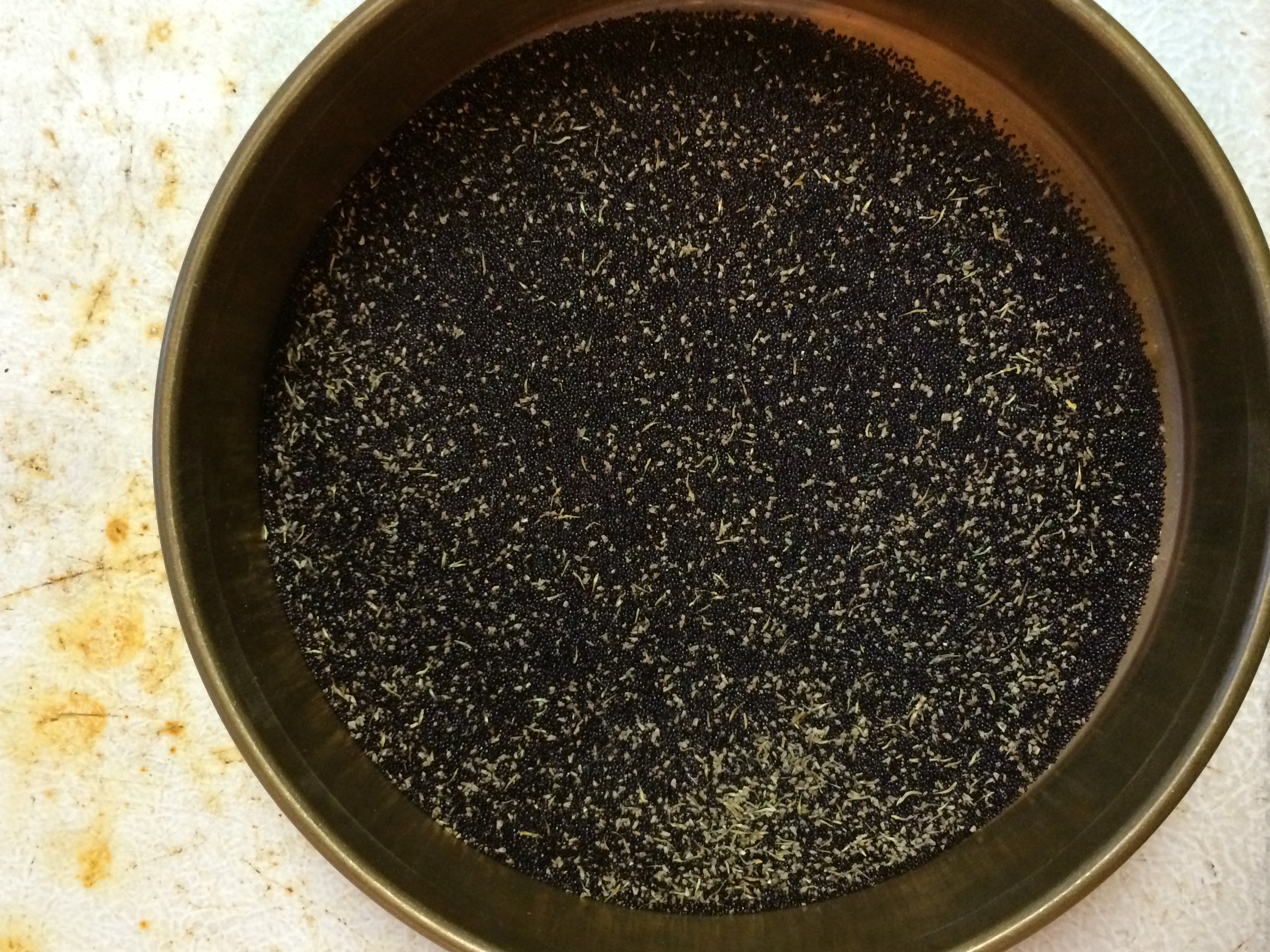I have received several calls regarding control of large glyphosate-resistant Palmer amaranth in soybean. In most cases, Palmer amaranth resistant to glyphosate is also resistant to the ALS-inhibiting herbicides (ie Harmony SG, Pursuit, Raptor, Synchrony STS, etc.). So these herbicides offer no help. Resistance to these two chemistries limits the chemical control options growers have left. In Roundup Ready soybean cultivars, the only postemergence options left for control of Palmer amaranth are the PPO-inhibiting herbicides (Cobra, Flexstar, Reflex, Resource, Ultra Blazer, etc.). When targeting Palmer amaranth with PPO-inhibitors, the weed must be small (less than 4 inches in height) to achieve adequate control. It is also important to remember PPOs can cause some soybean injury. In Liberty Link soybean, in addition to the PPOs, growers also have the option of Liberty to control Palmer amaranth. Again, small weeds are necessary to get the most out of Liberty. Once Palmer amaranth exceeds the 4 inch threshold, control by the PPOs and Liberty diminishes. Unfortunately, attempts to control large glyphosate- and ALS-resistant Palmer amaranth are often futile. Faced with this situation, it is necessary to physically remove Palmer amaranth. Prior to the appearance of a seed head, Palmer amaranth can be pulled and left in the field. Remember to shake dirt from the root ball to ensure the weed does not re-root. After seed head emergence, it is critical to remove Palmer amaranth from the field. Female Palmer amaranth are capable of producing over 1 million seed. Even while still green, some seed are viable. In the soil, Palmer amaranth seed remains viable for approximately 4 to 5 years. Assuming the seedbank is not replenished during this time period, daunting populations begin to decrease and management becomes easier. In problem areas, rotating to corn may be a good idea (atrazine and the auxin herbicides remain effective against Palmer amaranth). However, corn harvest occurs relatively early and Palmer amaranth can emerge following harvest and produce seed prior to a killing frost. Gramoxone applied after corn harvest (3 to 4 pints/A) has proven most effective controlling Palmer amaranth and ensuring the weed seedbank is not replenished in this situation.

